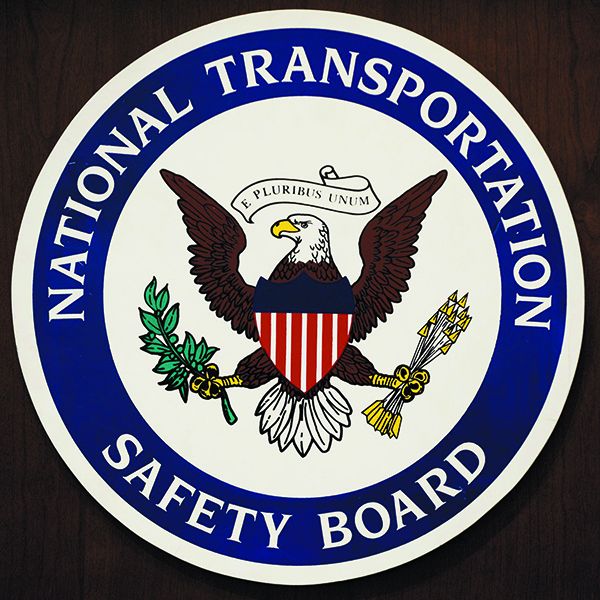A pilot involved in an aircraft accident must immediately notify the NTSB. By statute, the NTSB is required to investigate all aircraft accidents. No big deal, we learned that in private pilot ground school. However, there is a question that has to be answered: Is the event really an accident? If it’s not, there’s no obligation to report it to the NTSB—and the NTSB doesn’t want to hear about it, it has enough on its plate.
If it’s not an accident and someone reports it to the NTSB anyway, the FAA is going to hear about it and will be questioning the pilot, potentially leading to problems for the pilot if the FAA then finds something—totally unrelated to the accident—wrong with the pilot’s medical, recency of experience or compliance with maintenance requirements for the airplane.
Naturally, if an event isn’t an accident, there’s no reason for the pilot to report it and there’s no reason for the NTSB to investigate it.
That leads us to inadvertent gear-up landings, which the NTSB investigates, and accidents involving engine power loss, which the NTSB investigates but does not find a cause of about a quarter of the time.
Bottom line, we have not found an accident involving an inadvertent gear-up landing of a civilian airplane since World War II in which anyone was hurt—but people have been killed in engine power loss accidents. In our opinion, the resources spent investigating inadvertrnt gear-up landings should be focused on the causes of inflight power losses/engine stoppages.
Here’s the detailed background: Part 830.2 of the NTSB Regulations (49 CFR Part 830) defines an aircraft accident, and sets a surprisingly high level of damage or injury before an event is an accident.
To be an “accident” under Part 830, there must be substantial damage to the aircraft and/or death or serious injury to a person. When you go to the definition of “substantial damage,” things get interesting because it is more substantial than people realize. Plus, there are exceptions carved out of the definition that, in our opinion, make it clear that an inadvertent gear-up landing does not meet the definition of “accident” because it does not involve “substantial damage.”
To be “substantial damage,” there has to be damage that affects the structural strength or flight characteristics of the aircraft. It goes on to define precisely what damage occurs in a garden variety gear-up landing—bent fairings or cowling(s), dented skin, small holes in skin, ground damage to props and damage to the landing gear—and specifically states that it is not “substantial damage.”
We’ve looked at the aftermath of inadvertent gear-up landings for 50 years and have noted that almost invariably the damage is limited to scraping of fuselage skins, sometimes a bent flap and pretzeled propeller. The engine has to be torn down, but that’s true for any prop stoppage. We’ve seen geared-up airplanes jacked up, the gear extended, a replacement engine and prop hung and the airplane ferried for repairs.
After all, retractable gear airplanes are designed for gear-up landings.
We have looked at general aviation accident reports for the last 50 years trying to find one in which anyone was hurt in an inadvertent gear-up landing. We have yet to find one.
We recently had a very good conversation with Peter Knudson, a spokesperson for the NTSB. We were immediately impressed with the breadth of his knowledge of the NTSB and general aviation accident investigation. We were concerned that the NTSB had to investigate every event reported to it. He told us clearly that such is not the case—there has to be substantial damage—and the NTSB does not investigate a high percentage of the events reported to it because they don’t meet the accident definition.
We spent time talking about inadvertent gear-up landings and our assertion that they, by regulation, do not meet the definition of “accident.” Mr. Knudson asserted that there was substantial damage in the inadvertent gear-up landings the NTSB investigated.
We also discussed our experience reading 100 accident reports every month for the Used Aircraft Guide in this publication and our concern that about a quarter of the engine power loss/stoppage accidents result in an unknown cause. As those accidents are often fatal, and we fly behind those same engines, a lot of unknown causes doesn’t give us any warm fuzzies.
Mr. Knudson has been kind enough to go to the database number crunchers and look at the unexplained power loss issue. We’re looking forward to further discussions.
For now, it’s our opinion that the NTSB could better utilize its resources by digging deeper into engine power loss events and following its own definition of “substantial damage” and not investigating inadvertent gear-up landings.


